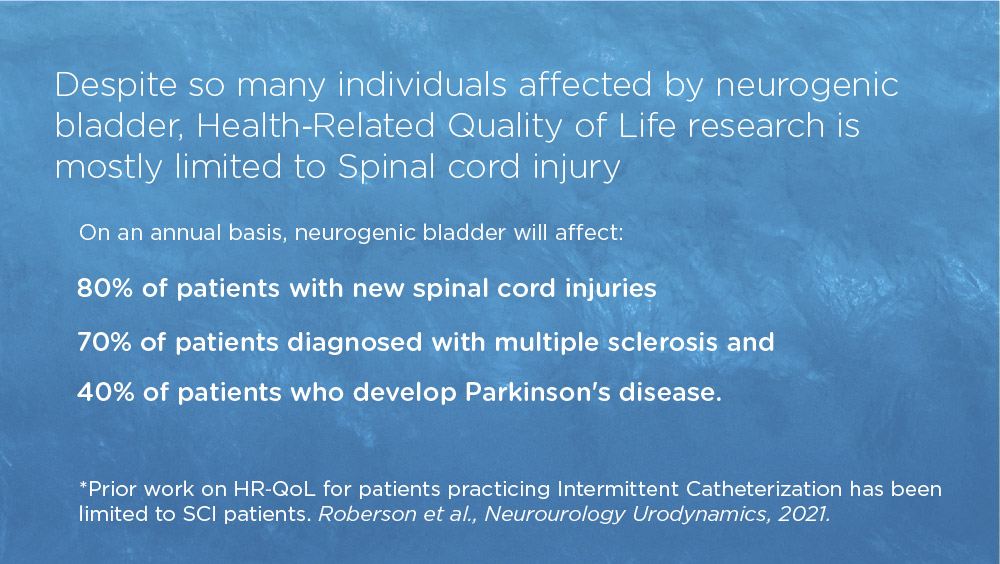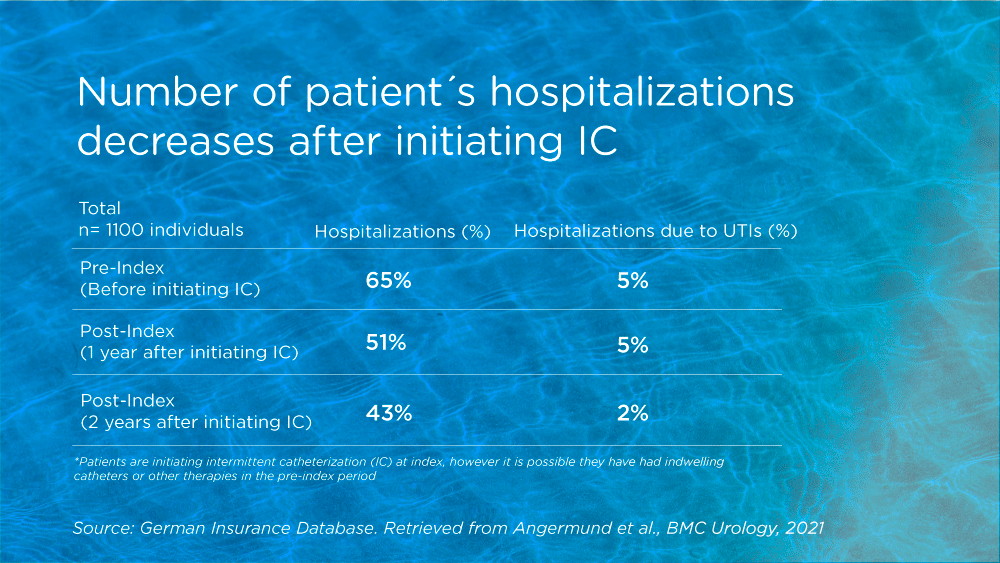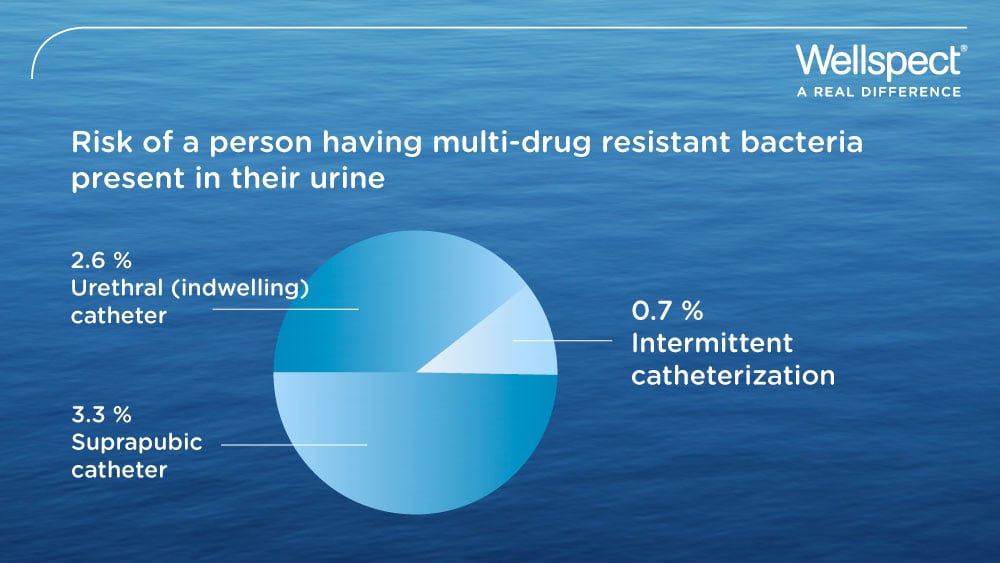For a successful therapy, it’s important to find out the patients’ actual experiences when performing intermittent catheterization (IC). But a lack of research can provide obstacles. Have we heard directly from the patient about the difficulties they face when approaching IC?
A recent study seeks to remedy this neglect in research; it involved a total of 200 adults who had independently been performing IC for at least 6 months across the US.
Read More
Topics: Urinary Tract Infection (UTI), Neurogenic bladder, Spinal Cord Injury (SCI), Parkinsons disease, Intermittent Catheterization, multiple sclerosis
Studies on intermittent catheterization (IC) with larger samples sizes are rare and this study provides real-world evidence on IC use, which may be used to derive recommendations for improvement of care. This is among the first publications of a 3-year observation period including time before and after initial IC.
Read MoreTopics: Urinary Tract Infection (UTI), Bladder management, Health Economy, Intermittent Catheterization
Patients with acute urinary retention are commonly given an indwelling catheter, thereby increasing risk of infection when compared to intermittent catheterization. A hospital in UK changed its practice and now uses self-catheterization as first-line management for patients presenting with acute urinary retention at the emergency department.
Read MoreTopics: Urinary Tract Infection (UTI), Catheter-associated UTI (CAUTI), Bladder dysfunction, Intermittent Catheterization
Almost two thirds (66%) of nurses in a US survey did not base their practice on clinical guidelines.
Intermittent catheterization (IC) is frequently used to manage lower urinary tract dysfunctions, but research shows that care for patients using IC may not always be based on evidence. The purpose of this review was to summarize evidence related to adherence to IC, complication rates, satisfaction with IC, and its effect on health-related quality of life.
Read MoreTopics: Neurogenic bladder, Spina Bifida, Intermittent Catheterization
We have the pleasure of inviting you to participate in our first ever live webinar on Wednesday, September 30th between 13:00 and 14:00 (CEST).
Read MoreTopics: Intermittent Catheterization, dignity, Webinar








